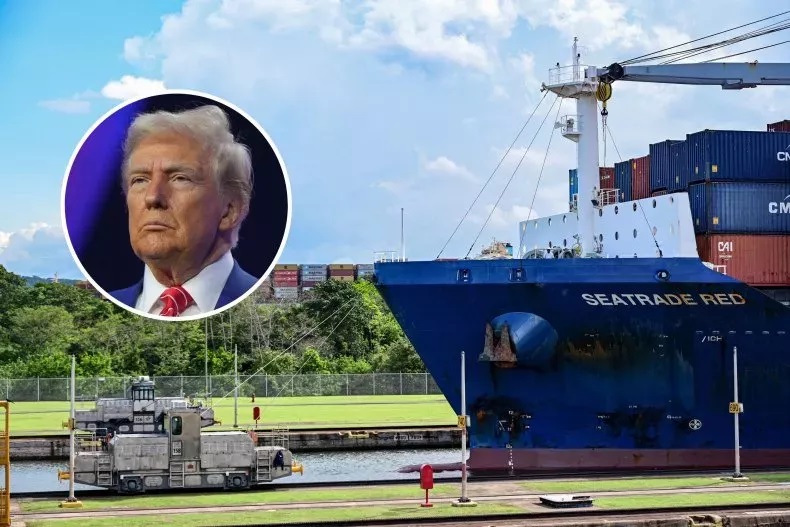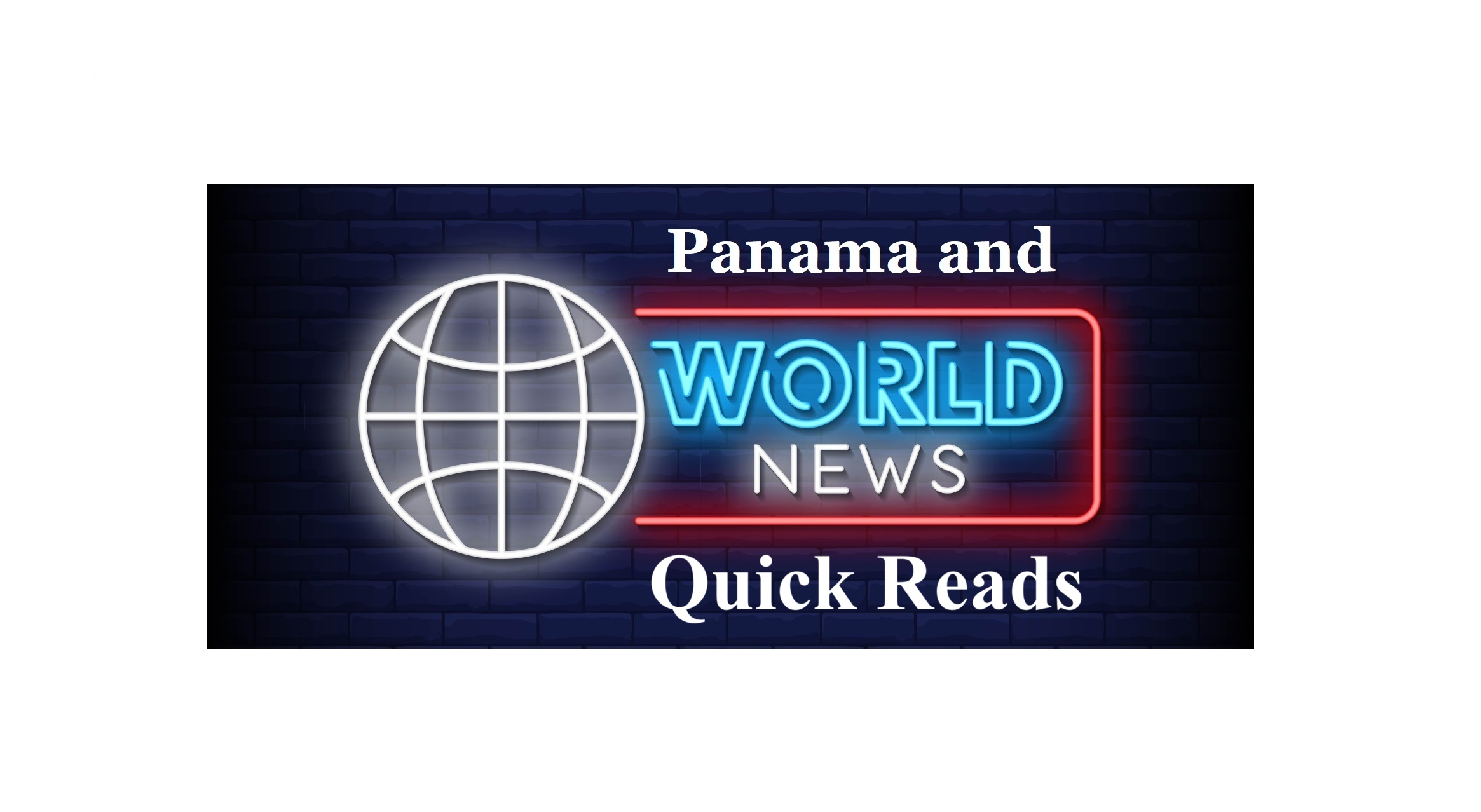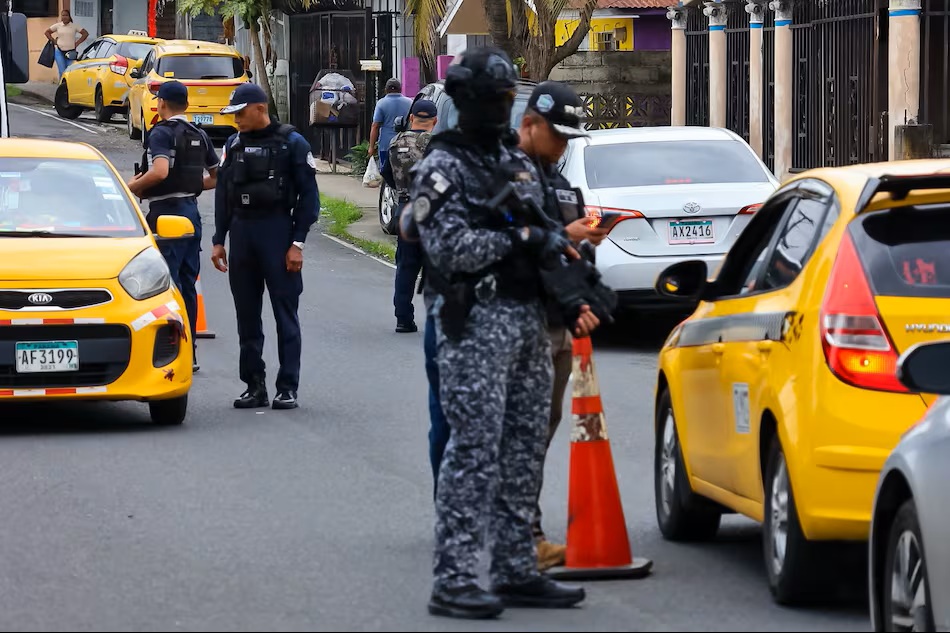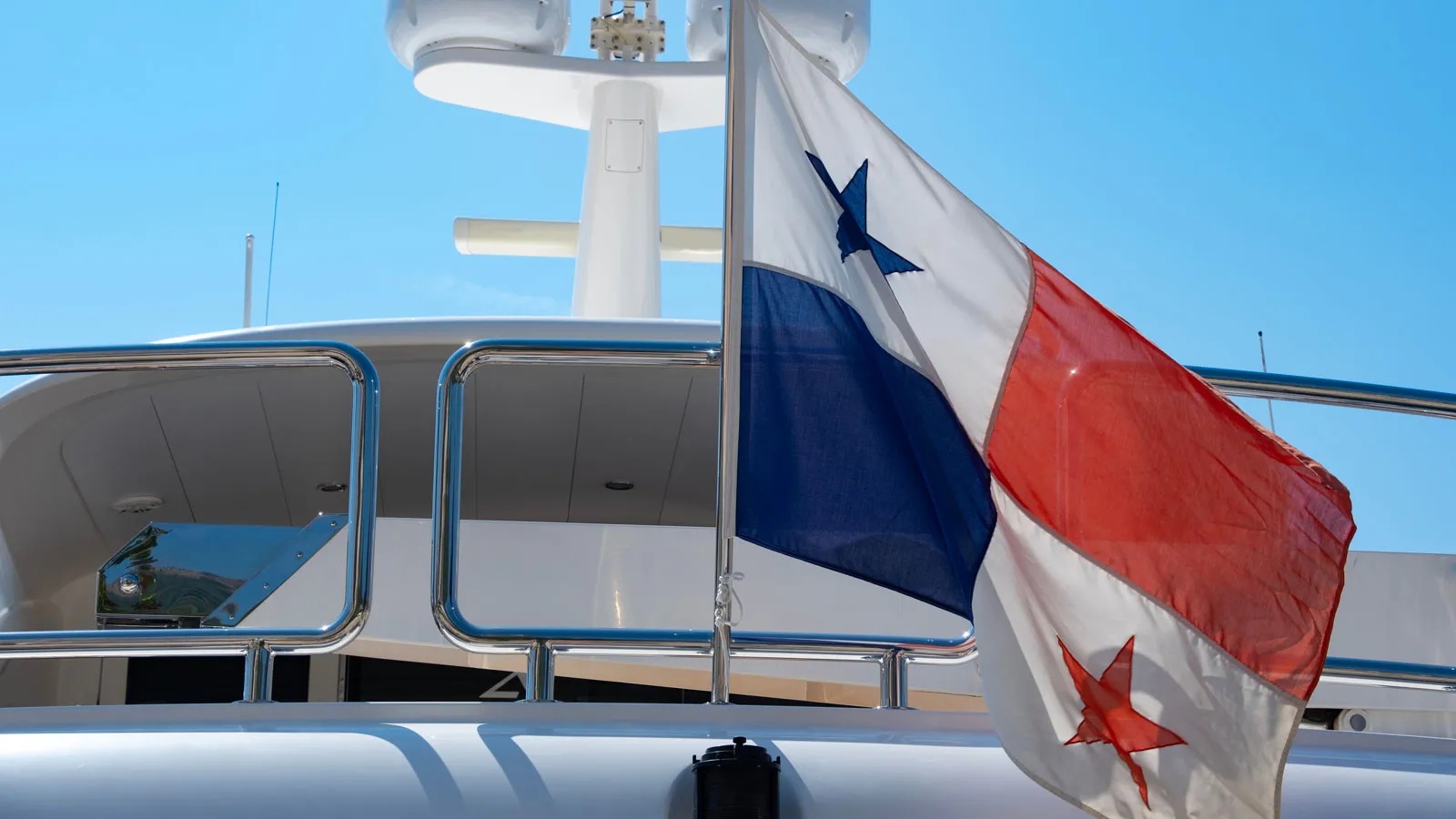Trump’s Plan for the Panama Canal: The President’s Inbox
The Trump administration is leaning on the Monroe Doctrine as it seeks to shut China out of Latin America.

1) The Panama Canal is a chokepoint for global trade.
Today, the canal handles 5 percent of all maritime trade and 40 percent of all U.S. container ship traffic. It was originally built by the U.S. Army Corps of Engineers with thousands of Panamanian laborers, making it a historically important symbol to the Panamanian nation. Nevertheless, after its completion, the Canal Zone remained under the control of the United States, which maintained dozens of military bases there. In 1977, after decades of pressure from Panamanian nationalists and recognizing the canal’s vulnerability to sabotage, the United States signed two treaties that led to Panama taking control of the canal at the end of 1999. “Making the canal neutral rather than a geopolitical flashpoint or a symbol of U.S. power… made it less likely to be sabotaged.” For more than a quarter century, this arrangement served the United States, Panama, and the global economy, by keeping the canal secure, stable, and open to trade.
2) Trump wants to reassert U.S. influence over the canal.
He has called the deals that led to the handover of the canal a “rip-off,” and has talked of “taking back” the canal. While the current agreement allows the United States to defend the canal, Trump wants greater assurance that it will not be closed to U.S. commercial and naval traffic in a crisis. On the flip side, if the United States controls the canal, then Washington could restrict trade flows of uncooperative actors, deny passage to hostile naval forces, and theoretically have a bargaining chip in negotiations with the many nations that rely on it for critical imports and exports. Notably, China accounts for 21 percent of the canal’s cargo traffic. Over the past decade, China has expanded its influence in Panama through financial investments and forging security ties with the country’s military and police. Two of Panama’s five major ports are Chinese-owned, and Chinese firms operate logistics hubs on both coasts. “The Biden administration was also looking to put pressure on Panama to reduce Chinese influence… but Trump is saying that he wants to see this alignment happen a lot faster.”
3) A recent U.S.-Panama security agreement shows the successes and limits of Trump’s coercive economic diplomacy.
Trump’s threats have put Panama’s President José Raúl Mulino in a politically fragile position. He ran for office on a pledge to improve relations with the United States, and during recent visits by Secretary of State Marco Rubio and Secretary of Defense Pete Hegseth, Mulino made concessions to Washington. He agreed to withdraw Panama from China’s Belt and Road Initiative and to audit a twenty-five-year port concession held by a Hong Kong company. He also agreed to allow the United States to rotate troops into Panama, though the specifics of this agreement remain vague. These concessions threaten a nationalist backlash against Mulino; his approval ratings have fallen sharply since the start of the year. “This all-stick, no-carrot approach,” is not “going to work in South America, which is much more economically dependent on China.” Indeed, a return to Monroe Doctrine-style diplomacy may soon force Latin American nations to choose between caving into U.S. pressure or deepening their ties with China.





